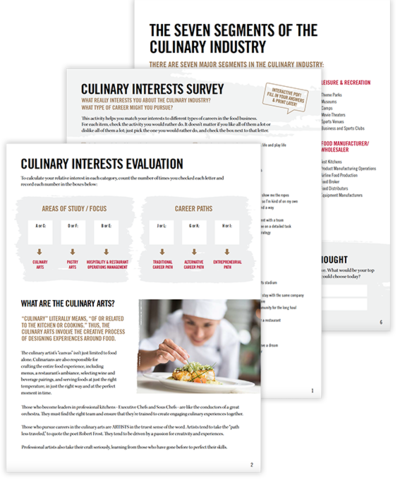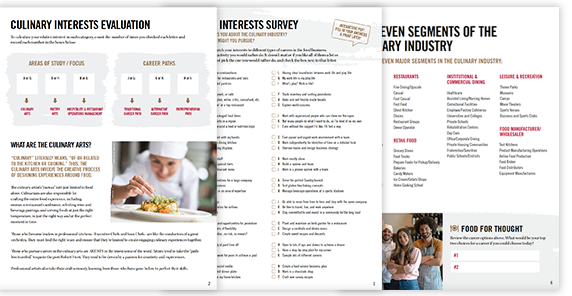3 Tips For Keeping Your Kitchen Clean
A clean kitchen is an important part of learning to cook, and you want to maintain a sanitary cooking space to create healthy and safe dishes. It’s certainly true that the kitchen can get dirty easily, but there are ways to manage cleanup. Read below for three tips on sanitation and cleanliness in the kitchen, and enjoy making more meals in your space.
Wash fruits and vegetables
You may think your fruits and vegetables are clean if you bought them from the grocery or if the labels read “organic.” However, many rinds and skins of fruits and vegetables need to be washed before they can be eaten. Raw produce can cause illness and ingestion of bacteria if not properly cleaned, so it’s important that you don’t forget this step when making salads and other dishes. Run these items under cold water and scrub them off with a vegetable brush, if necessary. This will get rid of excess dirt and bacteria.
Use different cutting boards
Use separate cutting boards for meats and produce so as not to circulate bacteria and other toxins. Wooden cutting boards, especially, can hang on to harmful ingredients from raw meat, so it’s best to use this type of cutting board for fruits and vegetables. If you can’t change cutting boards, wash it after cutting meat to ensure that you don’t get salmonella or another sickness associated with consuming raw meat.
Keep hands clean
Between steps in your recipe, wash your hands. This is often forgotten about during meal preparation, but it will keep you from getting sick. While you prep for your meal, wash your hands often, especially after cutting meat. You’ll be disinfected and ready to enjoy the finished product!





Recent Comments